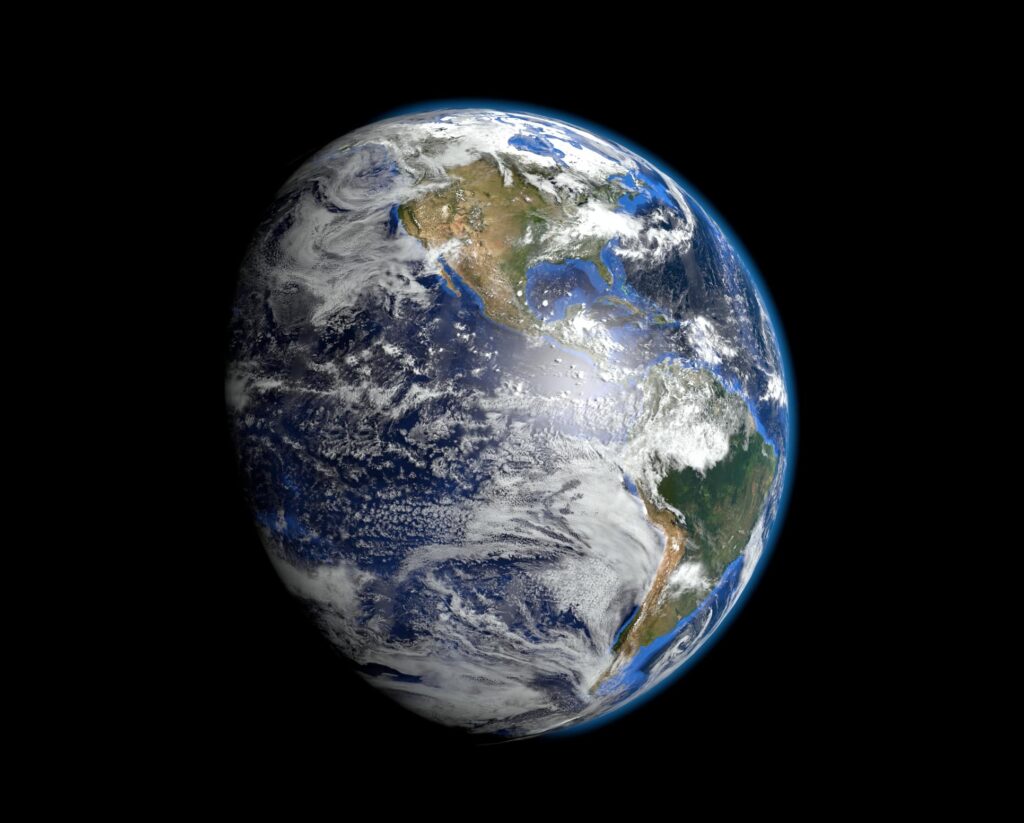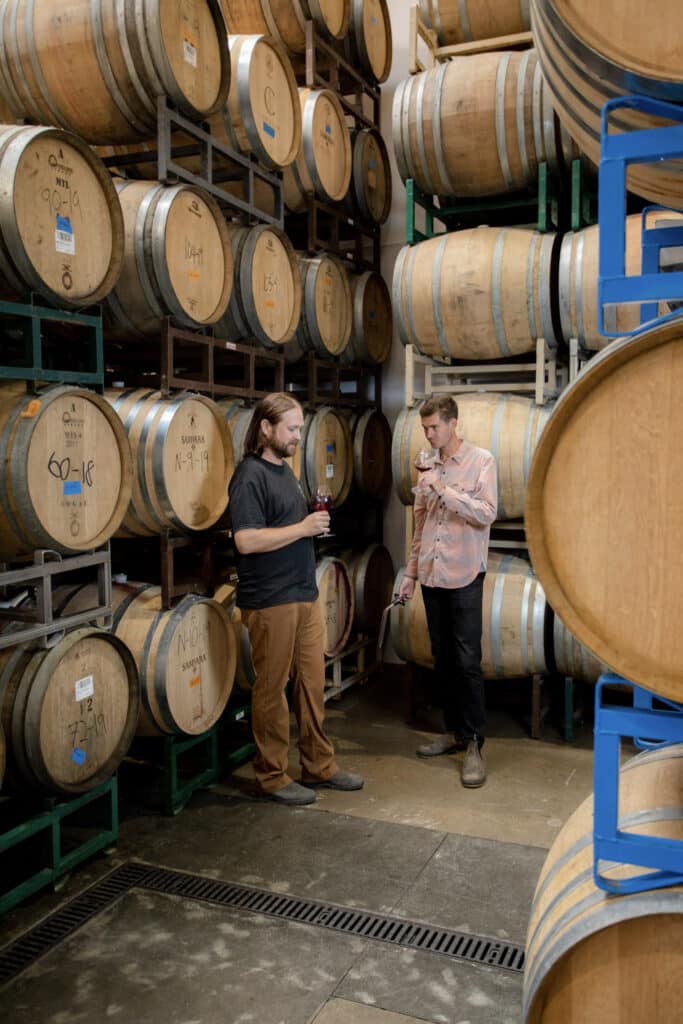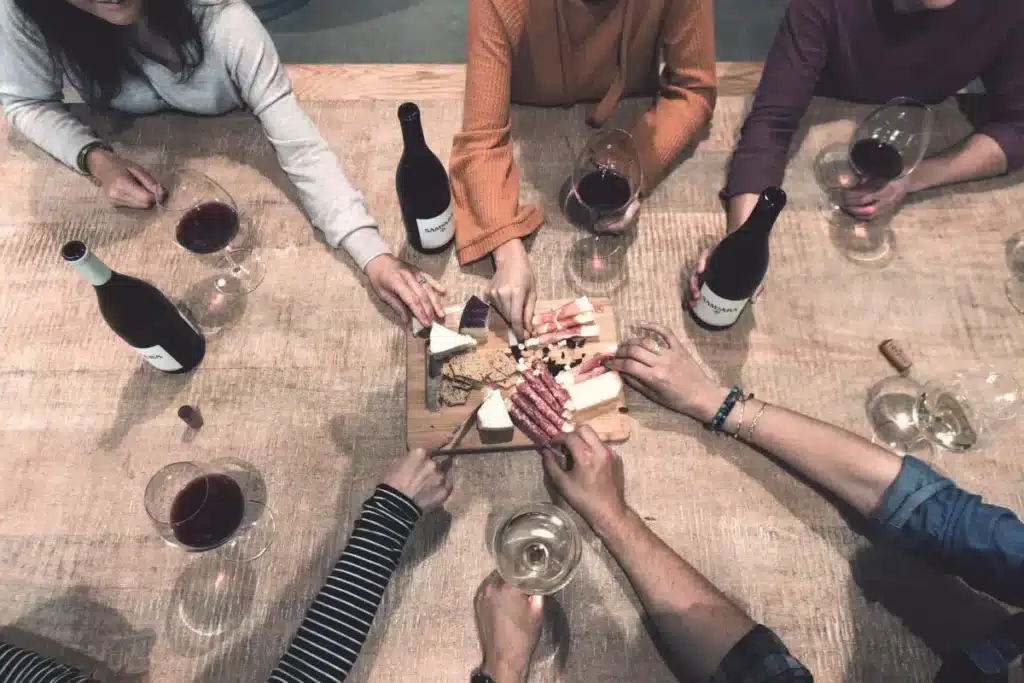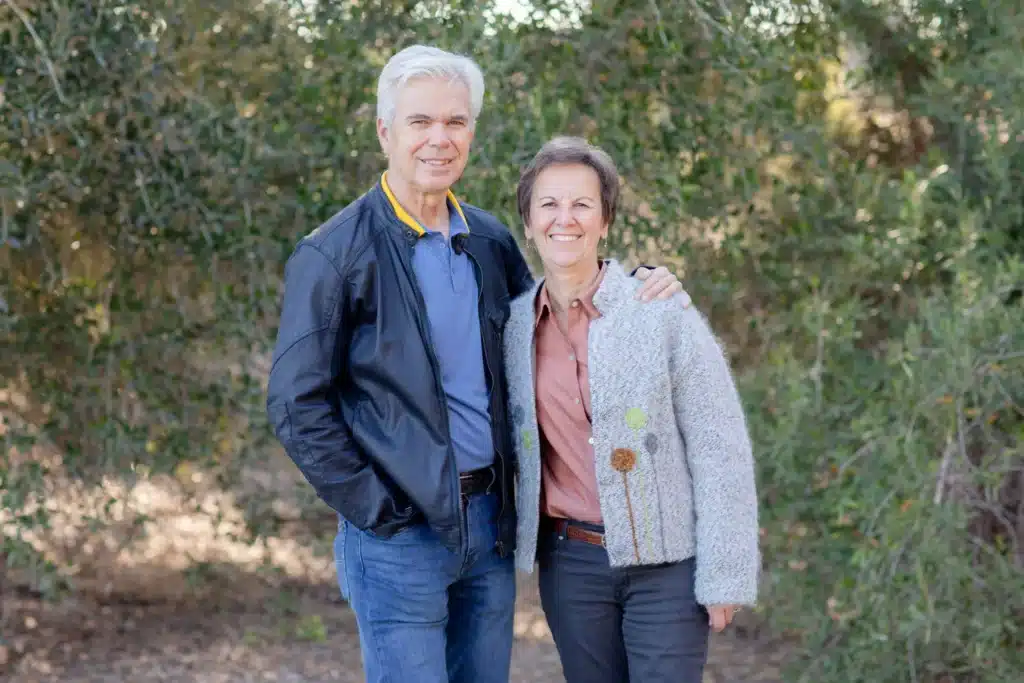No products in the cart.
Santa Barbara: The Birthplace of Earth Day

Fifteen months before the first Earth Day, on January 28, 1969, oil started pooling in a black, tarry slick on the Pacific Ocean, six miles from the picture-perfect beaches of Santa Barbara. The oil spill stemmed from a government granted waiver of a protective steel casing to extend at least 300 feet below the ocean floor on a new United Oil well…
For the first 11 days of the spill, oil escaped United’s well site at a rate of nearly 9,000 gallons an hour and by the time Union Oil managed to stop the leak, roughly three million gallons of oil had spread over 35 miles from the drill site. At the time, the Santa Barbara spill ranked as the worst oil spill in the country’s history . . . and 53 years later it still ranks as the third worst of all time.
While America had started to question the pre-World War II consensus that pollution was simply an unattractive trade-off for a robust, industrial economy, the Santa Barbara spill became the ecological “shot heard round the world” and the catalyst for a new type of activism.
The First Earth Day
Inspired by the student anti-war movement and witness to the ravages of the massive oil spill in Santa Barbara, junior senator from Wisconsin, Gaylord Nelson, wanted to accelerate the emerging public consciousness about pollution and its negative effects on the environment. As such, Senator Nelson announced the idea for a “teach-in” on college campuses and persuaded Pete McCloskey, a conservation-minded Republican Congressman, to serve as his co-chair. They recruited Denis Hayes, a young activist, to organize the campus teach-ins and they chose April 22, a weekday falling between Spring Break and Final Exams, to maximize the greatest student participation.
On Earth Day, groups that had been fighting individually against oil spills, polluting factories and power plants, raw sewage spills, toxic dumps, pesticide use, freeway development, the loss of wilderness and the extinction of wildlife, united on Earth Day around these shared common values. Earth Day 1970 achieved a rare political alignment, enlisting support from Republicans and Democrats, rich and poor, urban dwellers and farmers, business and labor leaders. By the end of 1970, the first Earth Day led to the creation of the United States Environmental Protection Agency and the passage of other first of their kind environmental laws, including the National Environmental Education Act, the Occupational Safety and Health Act, and the Clean Air Act. Two years later Congress passed the Clean Water Act. A year after that, Congress passed the Endangered Species Act and soon after the Federal Insecticide, Fungicide, and Rodenticide Act. These laws have protected millions of men, women and children from disease and death related to previously unrecognized pollution and have protected hundreds of species from extinction.
SAMsARA’s Commitment to Environmental Advocacy
As you undoubtedly know, both SAMsARA Wine Co. and our team members are deeply committed to doing right by our natural environment. We continually look for ways to exercise our environmental stewardship in every aspect of our business. From our farming practices to our water usage and energy and packaging choices, we feel morally obligated to responsibly use and protect the natural environment through both conservation and sustainable practices.
After all, the beautiful, unique, fragile environment of Santa Barbara makes both our low intervention winemaking, and our overall business, possible.
This Earth Day, we want to not only speak, but act on our commitment to all that Earth Day and SAMsARA stand for. Our commitment to action is this: For every bottle of SAMsARA wine purchased online, by phone, and in our tasting rooms through April 25, 2022, a SAMsARA team member will donate 1 hour of volunteer service to Santa Barbara ChannelKeeper. SBCK is a valued local non-profit organization that protects and restores the Santa Barbara Channel and its watersheds through science-based advocacy, education, field work and enforcement. SAMsARA is well acquainted with the good work that Santa Barbara ChannelKeeper does as a partner in their rain capture/water conservation program and as a target of monetary donations from SAMsARA stakeholders.
So, on this Earth Day 2022, we enthusiastically encourage you to get involved in the movement for positive environmental change by getting the wine you need, knowing that each bottle purchased will benefit Santa Barbara ChannelKeeper with an hour of much needed volunteer time!
Cheers,
Lily Hays
Director of Hospitality and Education




